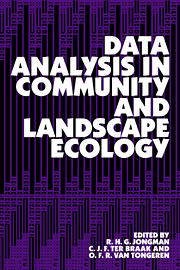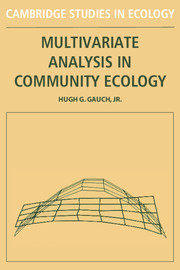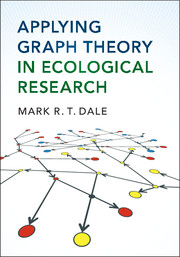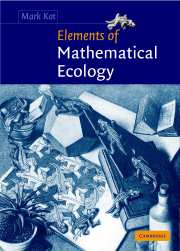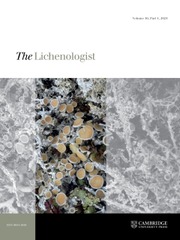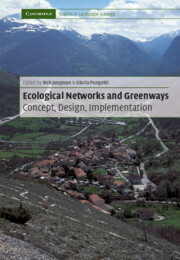Data Analysis in Community and Landscape Ecology
Ecological data has several special properties: the presence or absence of species on a semi-quantitative abundance scale; non-linear relationships between species and environmental factors; and high inter-correlations among species and among environmental variables. The analysis of such data is important to the interpretation of relationships within plant and animal communities and with their environments. In this corrected version of Data Analysis in Community and Landscape Ecology, without using complex mathematics, the contributors demonstrate the methods that have proven most useful, with examples, exercises and case-studies. Chapters explain in an elementary way powerful data analysis techniques such as logic regression, canonical correspondence analysis, and kriging.
- Elementary presentation, without complicated mathematics
- Excellent reviews of original PUDOC version
- Based on successful postgraduate course
Reviews & endorsements
"The book's strong point is the explanation of how the various analysis methods work. The authors include a surprising amount of detail without difficult mathematics." Michael F. Merigliano, Natural Areas Journal
Product details
January 2011Adobe eBook Reader
9780511893711
0 pages
0kg
98 b/w illus. 47 tables 6 exercises
This ISBN is for an eBook version which is distributed on our behalf by a third party.
Table of Contents
- List of contributors
- Preface to first edition
- Acknowledgement
- List of symbols
- Dune meadow data
- 1. Introduction R. H. G. Jongman
- 2. Data collection J. C. Jager and C. W. N. Looman
- 3. Regression C. J. F. ter Braak and C. W. N. Looman
- 4. Calibration C. J. F. ter Braak
- 5. Ordination C. J. F. ter Braak
- 6. Cluster analysis O. F. R. van Tongeren
- 7. Spatial aspects of ecological data P. A. Burrough
- 8. Numerical methods in practice: case-studies P. A. Burrough, J. A. F. Oudhof, A. Barendregt, R. H. G. Jongman and T. J. van de Nes
- References
- Index.

